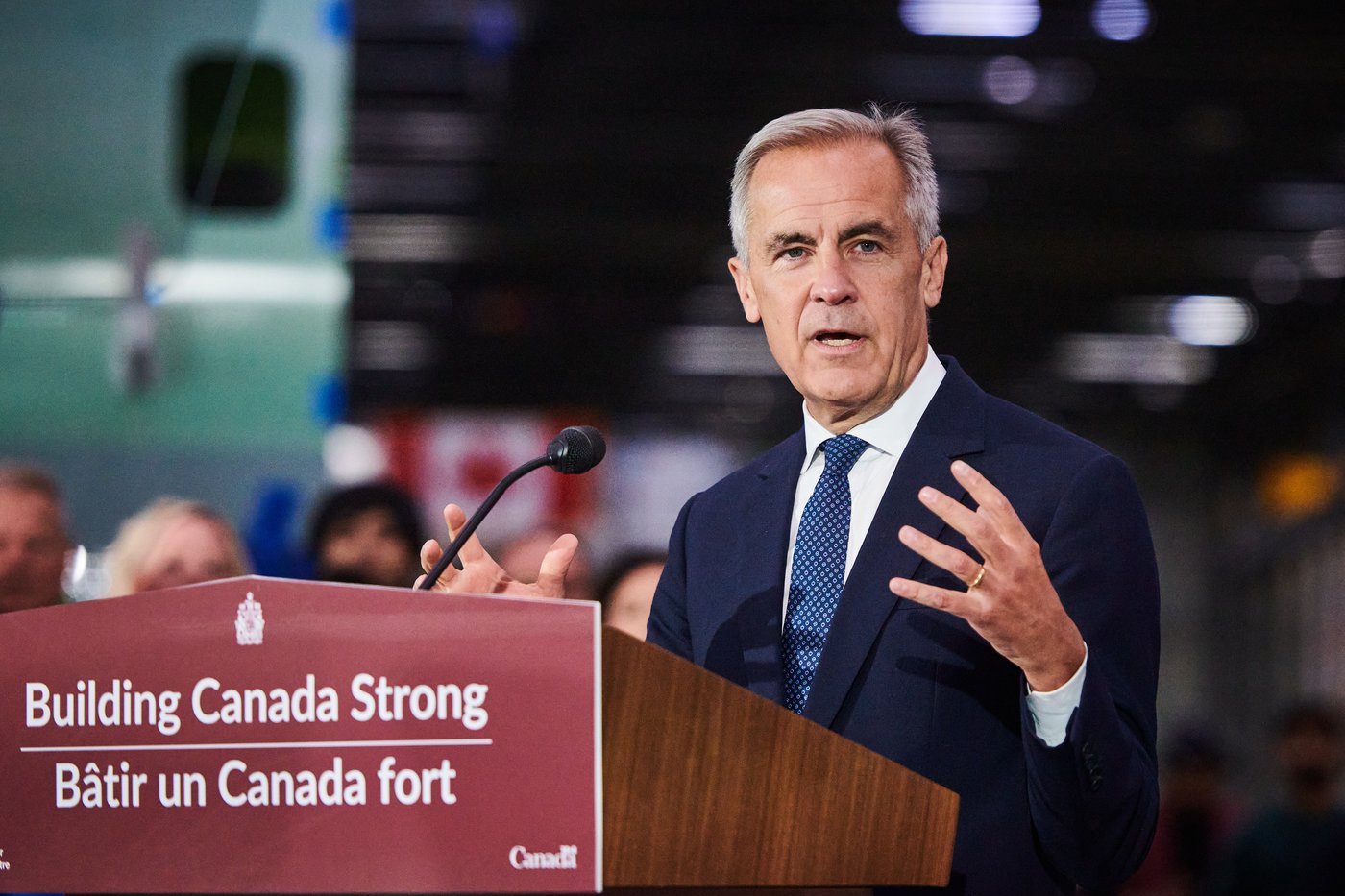Millions of Canadians need a family doctor. Here’s how one B.C. recruiter attracts them

White Coat Black Art26:30The Family Doctor Recruiting Game
<p>Attracting a family doctor to work in a community is challenging, with fewer physicians choosing family medicine. That’s why Cheryl Gnyp, the recruiter for Castlegar, B.C., needs to stand out. She uses the board game Operation and specialized coffee as part of her 10-minute sales pitch to potential recruits at conferences. It can take years before a doctor starts working in the community, but she’s in it for the long haul.</p>
Fourth-year medical student Nicole Costanzo is intensely focused on the children’s board game Operation, as she tries to scoop out one of the plastic pieces without the buzzer going off.
“That’s hard,” she says.
The stakes are low for students, residents, and physicians as they stopped by Cheryl Gnyp’s booth at the recent Rural and Remote Medicine Conference in Edmonton. But for the physician liaison for Castlegar, B.C., the pressure to find four family doctors and backfill for summer is high.
Each visit to her booth could be a potential recruit.
But Gnyp is recruiting at a time when hundreds of other recruiters across the country are also looking for physicians.
Demand for primary care providers is high; an estimated 6.5 million Canadians don’t have a family doctor or nurse practitioner they can see regularly.
Recruitment has become “increasingly more competitive” in the last decade, Gnyp says. Fewer students are choosing family medicine as a specialty and Canada isn’t producing enough primary care doctors to keep up with demand.
For those who do choose the specialty, Gnyp says several recruiters may be speaking to them at the same time.
“Now it’s just more people vying for their time,” she told Dr. Brian Goldman, host of White Coat, Black Art.
The recruitment process can take years, as emails, phone calls, and site visits happen as part of the process.
Many people don’t realize the effort that’s needed to get a physician and that the engagement doesn’t stop once they’re working, says Bryan MacLean, the physician and recruitment coordinator for Northern Medical Services in Saskatchewan.

What successful recruitment looks like can depend on several factors, like how long a physician sticks around, or what position was filled.
“It’s really hard to have one definitive answer because every community and every practitioner is different. What does success mean to you and how do you go about achieving that success will look very different in downtown Toronto than in North Bay,” said Ivy Bourgeault, a University of Ottawa professor and lead of the Canadian Health Workforce Network.
It starts with a conversation
Conferences like the one held recently in Edmonton are good ways for recruiters to meet doctors or soon-to-be physicians interested in working in rural areas, said MacLean.
At many of the recruiter booths, pens, mugs, and other community-branded freebies are handed out in hopes of getting people’s attention. Some of the booths have draws for gift baskets, or in the case of Yarmouth, N.S., a draw for five pounds of fresh lobster.
“It’s a good way to bring them in,” said Nancy Ellis, community navigator for physician recruitment and retention for the town.

Dr. Dannika Bakker, who works in Upper Tantallon, N.S., and was at the conference, says free swag would get her to a booth. But it wouldn’t be enough to get her to relocate.
“It’s going to be what’s the support, how do I get there, what do I do when there. Those are the things that are going to influence whether or not I do the locum,” she said, although she isn’t considering a temporary stint at this time.
There’s no free swag at Gnyp’s conference table. Instead, she relies on the Operation game to reel potential recruits in to make an impression.
“You have to have camaraderie, you have to build trust. You have to do all those things in a time span of about 10 minutes,” she said.
She needs to build trust, as she’s looking to fill vacancies in Castlegar, B.C., a city of almost 10,000 people. Of those, an estimated 3,500 people aren’t attached to a family doctor, according to provincial health statistics from last year.

Castlegar is one of many communities in B.C. dealing with a doctor shortage. Roughly 895,000 people need family doctors in that province.
Candice Karas is one of them. For the last three years, the Castlegar resident, her husband, and six-year-old son have been without a family doctor.
“I’m at a point of desperation here,” she said.

She tries to get regular blood work and pre-screening for certain cancers after losing both of her parents to cancer when they were in their 40s. Without a consistent primary care provider, regular screening has been difficult to get.
“For years, every time you go to do your routine physical once a year, you speak about your history and they say ‘Yeah, that’s something we need to screen for but not until your 40s.’ Well, now I’m there and I have no way to deal with this,” she said.
Gnyp feels the pressure to find a doctor for people like Karas.
“I feel it not only for our community, but I feel it mostly for our physicians who I know are just swamped.”
The long game
In some cases, Gnyp will start speaking with a potential recruit when they’re in medical school, and will check-in several times a year.

When a doctor is interested, then comes the tour of the community, dinners, activities in the area like kayaking or hiking, all while fielding specific questions.
“It can take years for that to happen … you’re trying to remain positive … and you’re trying to tick all those boxes and ensure that you are the solution to their next move,” she added.
In her 10 years as a physician recruiter, Gynp has recruited — alongside colleagues in neighbouring areas — 13 physicians. Some of those doctors have left.
“It doesn’t sound like a huge number, but when you’re talking sometimes years to recruit a physician, I may never see the outcome of some of my recruits,” she said, adding that recruiting one physician a year means a recruiter is “doing very well.”
Are recruitment efforts enough?
It’s a high-pressure job that doesn’t end once a doctor lands in the community, Gnyp says.
Recruiters say that a big part of their role is making sure a physician feels supported in the community and by other physicians in town, according to MacLean.
WATCH | Ottawa’s efforts won’t solve family doctor shortage, experts say:
The federal government is striking deals with provinces and pledging billions of dollars to help solve Canada’s family doctor shortage, but experts say it’s not enough to address the situation for millions of patients without a primary physician.
Gnyp caters to her recruits. She even went as far as putting up a Christmas tree and lights outside of the home of an Australian physician and his family arriving in Castlegar.
“I tried to make it feel very much like home.”
A large part of the job is also making sure a doctor’s partner and kids —if they have them— are supported. It can involve helping find work for a doctor’s spouse or setting up play dates for their kids.
This effort is just part of the job, Gnyp adds, and it could mean the difference between a doctor temporarily working in the community versus staying for five years or more.
Many union representatives and officials have said that retaining physicians is key to improving primary care in Canada, and that financial incentives offered by some communities are often not enough to keep them around long-term.
Bourgeault agrees, adding that recruiting and retention need to be constant efforts.
“You need to measure outcomes, not just ‘I just recruited a doctor to this community’ but we lost three because no one has focused on retention efforts,” she said, adding that communities should also be recruiting other health workers to create a strong team setting.
For Gnyp, she walked away from the recent conference with 37 contacts, two of which will help with vacation coverage this summer.
“While I didn’t sign a doctor on the dotted line, I’m still thrilled with the results simply because those locums will actually get us through our ER summer gap,” she said.
“Mission accomplished.”

.jpg)


